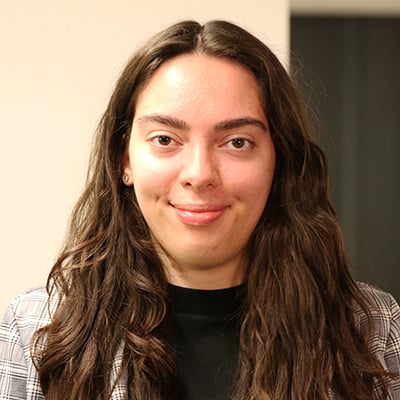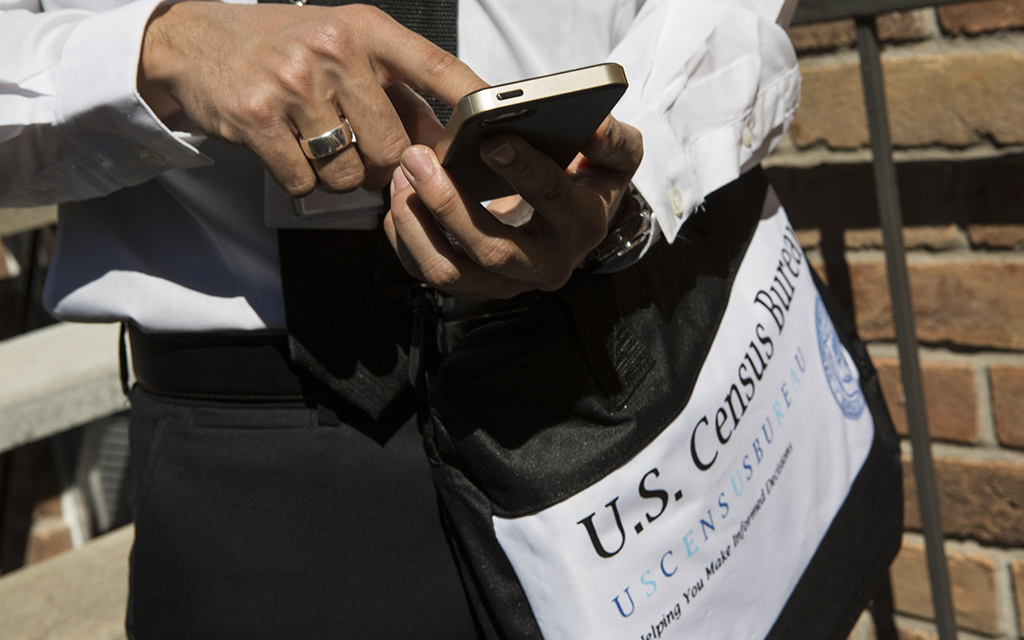
Because of problems conducting the census during a pandemic, the Census Bureau for the first time offered local governments a chance to challenge its count of residents in group quarters – dorms, nursing homes, halfway houses and the like. Five Arizona cities and towns were able to add a total of about 10,000 residents through the process. (Photo courtesy U.S. Census Bureau)
WASHINGTON – Population growth is nothing new in booming Arizona, but that growth usually comes with moving trucks.
Over the past year, however, five Arizona cities and towns managed to add 10,000 residents without a moving truck or a packing box in sight.
That’s because the cities successfully appealed their reported populations in the 2020 Census, under a new pandemic-inspired program that allowed local governments to challenge the bureau’s count of group living quarters such as dorms, prisons, group homes and more.
“I was worried that many populations, including communities of color and those in group housing were not counted accurately,” Phoenix Mayor Kate Gallego said in a recent interview.
There’s more than bragging rights at stake for local governments – there’s the potential for additional state and federal funding.
“Estimates done reveal that for every individual counted, the city could earn thousands of dollars, thereby amounting to millions of dollars per year in federal funding for Phoenix,” said a May news release from Gallego’s office on the review.
Phoenix was the last Arizona city to hear back from the Census Bureau, which confirmed late last month that it had missed 192 group living quarters in the city, leaving out 3,550 residents in the process. Those included multiple residential substance-use treatment centers, medical and mental illness centers. The original count also missed the Federal Correctional Institute and Estrella Jail in Phoenix.
Tempe, Goodyear, Yuma and Florence also mounted successful challenges under the bureau’s 2020 Post-Census Group Quarters Review, reporting miscounts in correctional facilities, university dormitories and group homes. All the cities have been told by the bureau that some or all of their appeals had been accepted.
Jacob Payne, a city planner for Tempe, said the 2020 count left out multiple Arizona State University dormitories that housed about 4,300 students on April 1, 2020, when the decennial census was conducted.
Payne said that since Tempe has seen a continued rise in residential development, it was “jarring” to see a drop in population and housing units when the city got its census results.
The group quarters review program was launched last summer after the bureau reported unprecedented challenges during the COVID-19 pandemic. That created challenges not just with enumeration but also with people’s sudden shifts in housing location in response to the pandemic.
The group-quarters review is just one of the opportunities tribal, local and state governments have to challenge the census numbers. The Count Question Resolution Operation has been held after each decennial count since 1990. It’s less focused on how many people were counted than on where they were reported to be living, with local governments able to appeal if they think some residents were assigned to the wrong city or to the wrong Census block.
Tempe is still waiting to hear about its challenge under that program, but the bureau said it has notified Flagstaff, Somerton, Wellton, Chandler and Yuma that it will make varying amounts of changes based on cases they filed.
Local governments have until June 30 to file a claim under either program. The longtime count question resolution program has received 93 claims while the one-time group quarters review program received 48 cases nationwide.
Florence spokesperson Jeff Graves said the group quarters challenge allowed the town to add 786 residents who were housed in two state prison complexes but overlooked. With the town getting between $500 to $600 per person in state funding under various programs, Graves said the additional population could bring the city anywhere from $384,000 to $460,000 in funding.
Accepted reviews will not change the 2020 Census count but will adjust future annual population estimates, influencing the amount of federal and state funding available.
Tom Savage, legislative director for the League of Arizona Cities and Towns, said disregarding Census appeals and not having an accurate count means receiving less money for the latter half of the decade to pay for roads, public safety, parks, libraries, governments and more.
“The undercount has ramifications for the entire decade,” Savage said. “(It) means potentially less money coming back to the state for taxes that Arizona citizens are sending to the federal government.”


